How to get URL link on X (Twitter) App
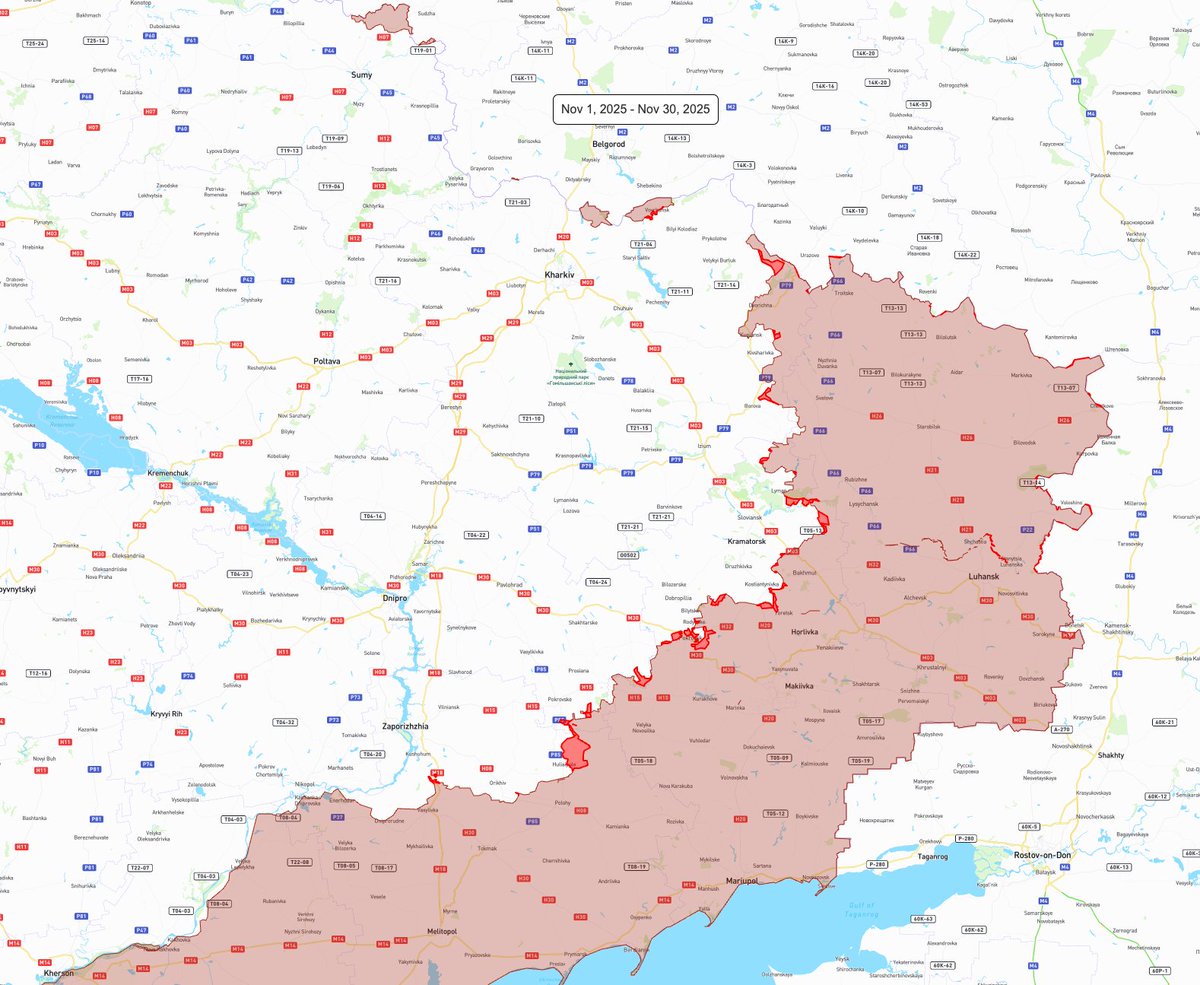

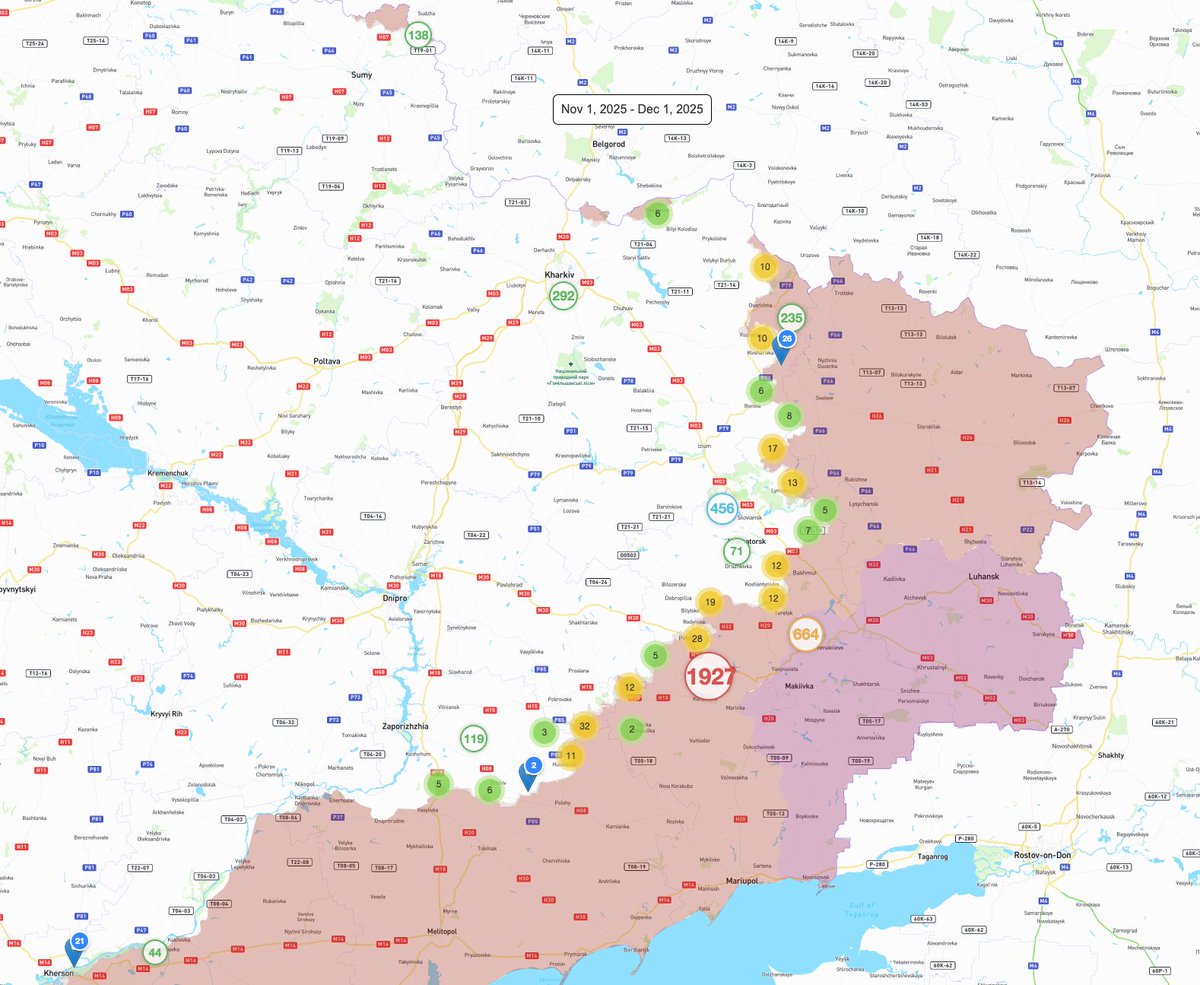 One of the most attack Intensive months led to mediocre results in exchange of 31190 ivanZ in infantry friendly conditions.
One of the most attack Intensive months led to mediocre results in exchange of 31190 ivanZ in infantry friendly conditions. 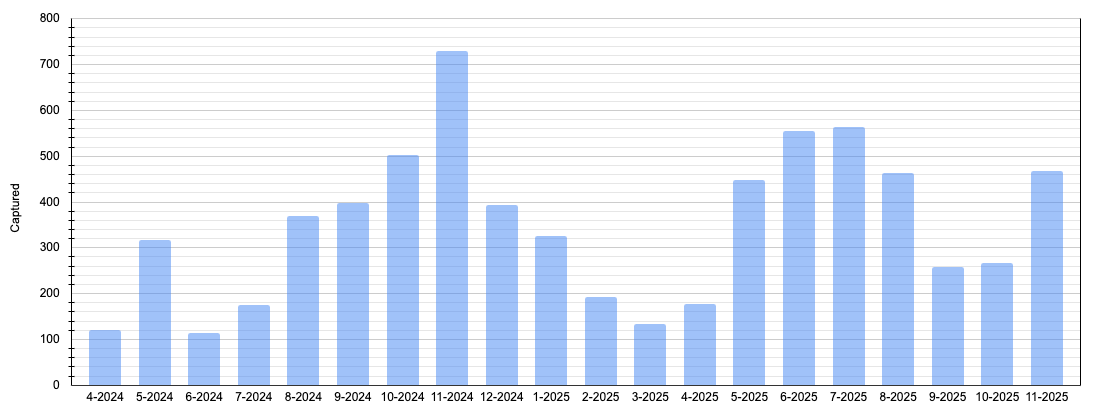
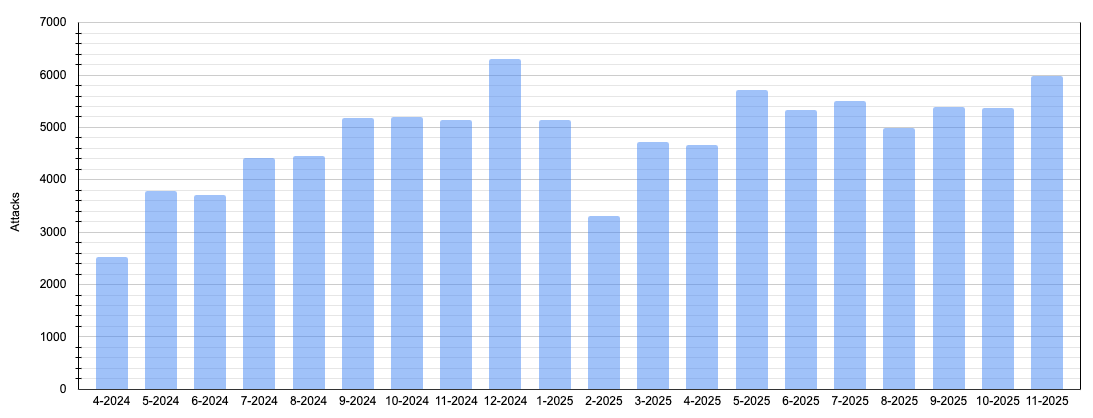

 The Zaporizhzhia front is built around two rivers: the Konka and the Haichur.
The Zaporizhzhia front is built around two rivers: the Konka and the Haichur.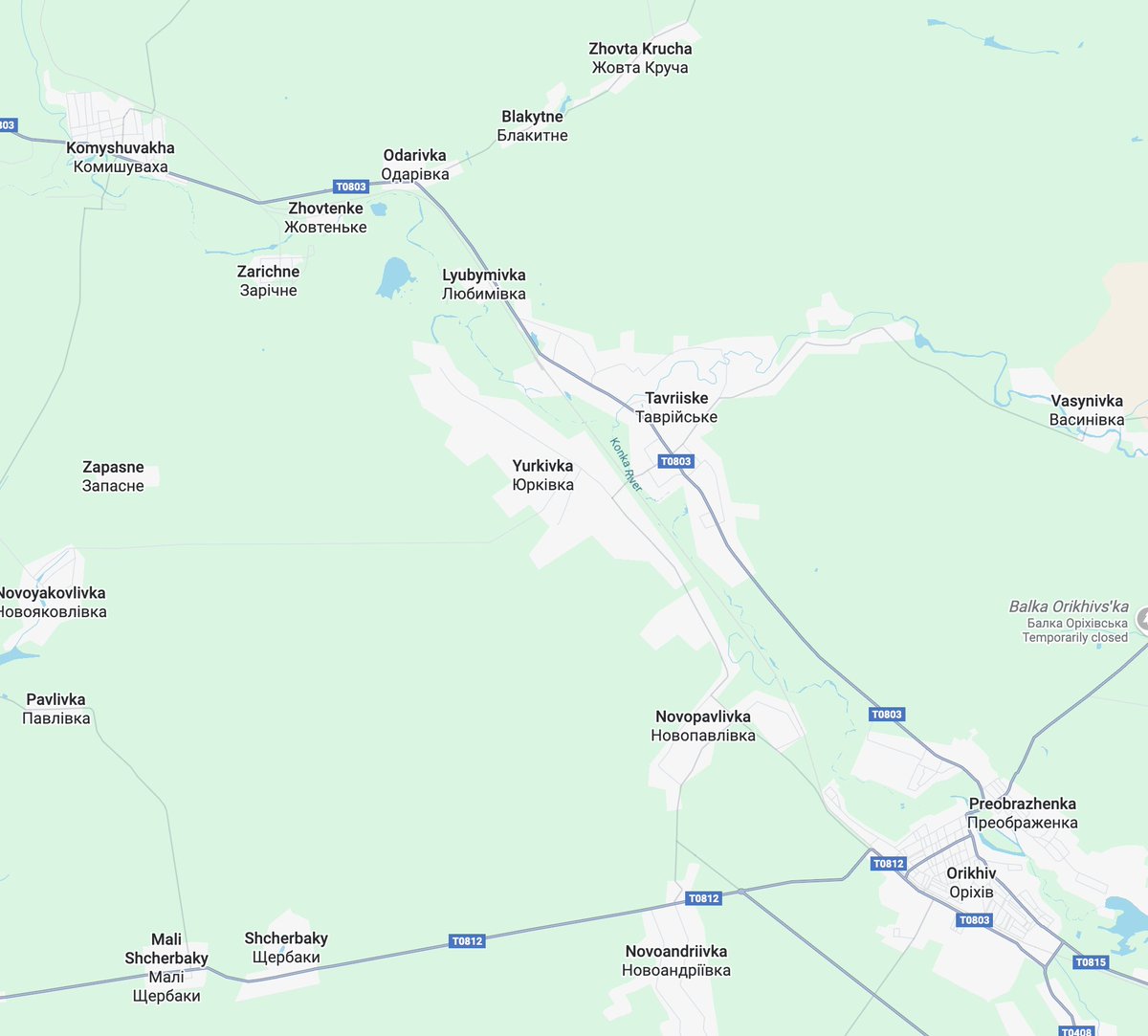
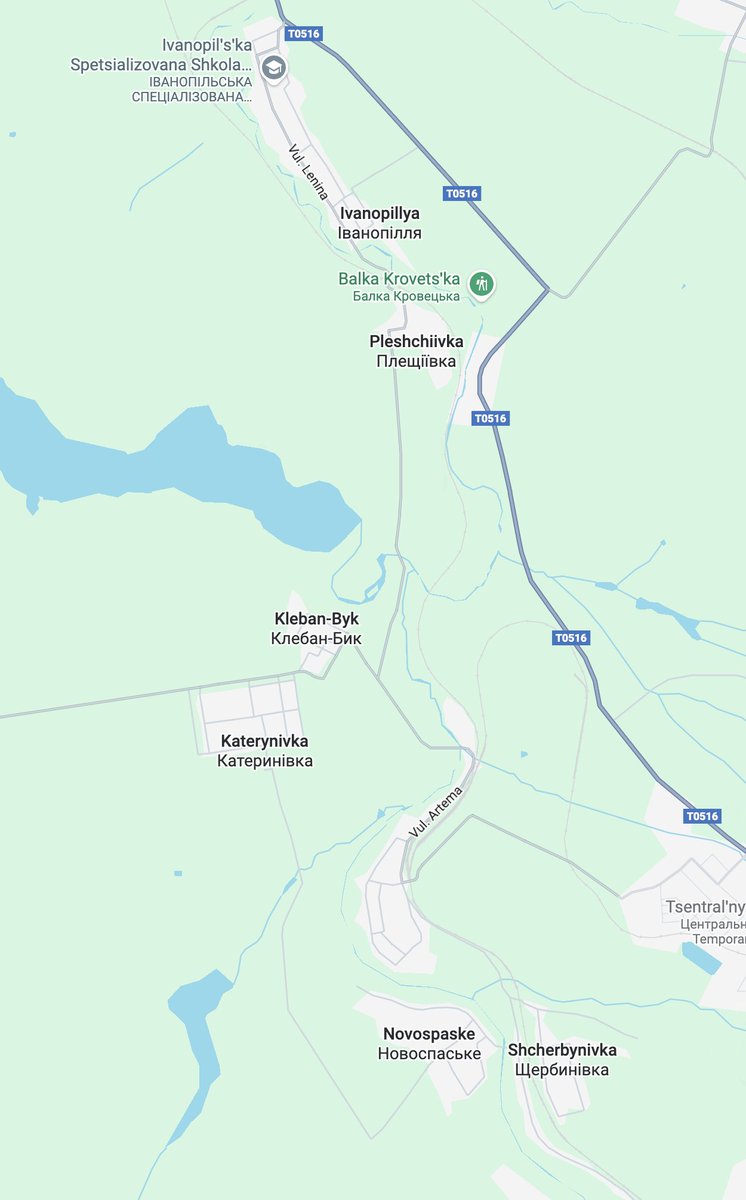

https://twitter.com/M0nstas/status/1801373870974505037
 Wile main forces will be pocketing the town small infiltration groups can quietly dig in inside of it and wait for the right moment to strike, while AFU will try to counter that with surveillance and counter measures.
Wile main forces will be pocketing the town small infiltration groups can quietly dig in inside of it and wait for the right moment to strike, while AFU will try to counter that with surveillance and counter measures.

 Stretching the front is not about survival - it is about pressure. You do it when you have spare resources and want to force the enemy to bleed, to react, to stretch too. Otherwise, it is suicide disguised as courage. 🔽
Stretching the front is not about survival - it is about pressure. You do it when you have spare resources and want to force the enemy to bleed, to react, to stretch too. Otherwise, it is suicide disguised as courage. 🔽

 Villages are russain boosters little steps to jump forward and micro assault groups keep poking every corner. Endless Ukrainian defensive lines mean less than they should when the enemy throws bodies everywhere they always find a weak spot.
Villages are russain boosters little steps to jump forward and micro assault groups keep poking every corner. Endless Ukrainian defensive lines mean less than they should when the enemy throws bodies everywhere they always find a weak spot.

 Fortifications alone don't stop anything. Without coverage, drones and bombs suppress observation and make deliberate breaks deadly. The real sponge defense is a network of isolated, dispersed hideouts - hard to target and easy to melt into.
Fortifications alone don't stop anything. Without coverage, drones and bombs suppress observation and make deliberate breaks deadly. The real sponge defense is a network of isolated, dispersed hideouts - hard to target and easy to melt into.
 Beyond dense settlements, terrain remains the main factor. Roads are important but rarely used for assaults. Fortifications may slow down the advance but don't affect the vector of attack.
Beyond dense settlements, terrain remains the main factor. Roads are important but rarely used for assaults. Fortifications may slow down the advance but don't affect the vector of attack.

 From the attacker's perspective, a stable position is more than a point on a map - it's a foundation for control. Capture it and you gain decisive lines of movement, observation, and logistics; fail and your gains evaporate.
From the attacker's perspective, a stable position is more than a point on a map - it's a foundation for control. Capture it and you gain decisive lines of movement, observation, and logistics; fail and your gains evaporate.
https://twitter.com/m0nstas/status/1966466490565046766Instead of rigid continuous lines, the AFU uses "pockets" - fortified strongpoints or "super nodes".

https://twitter.com/M0nstas/status/1545526819121766401
 AFU are relying on the high ground west of the river and defensive bubbles centered around major strongholds to contain the offensive. In exchange, Ukrainian defenders appear willing to concede some empty territory, of 13 people per square kilometers.
AFU are relying on the high ground west of the river and defensive bubbles centered around major strongholds to contain the offensive. In exchange, Ukrainian defenders appear willing to concede some empty territory, of 13 people per square kilometers.

 Majority of the gains happened at Novopavlivka and Lyman directions.
Majority of the gains happened at Novopavlivka and Lyman directions.
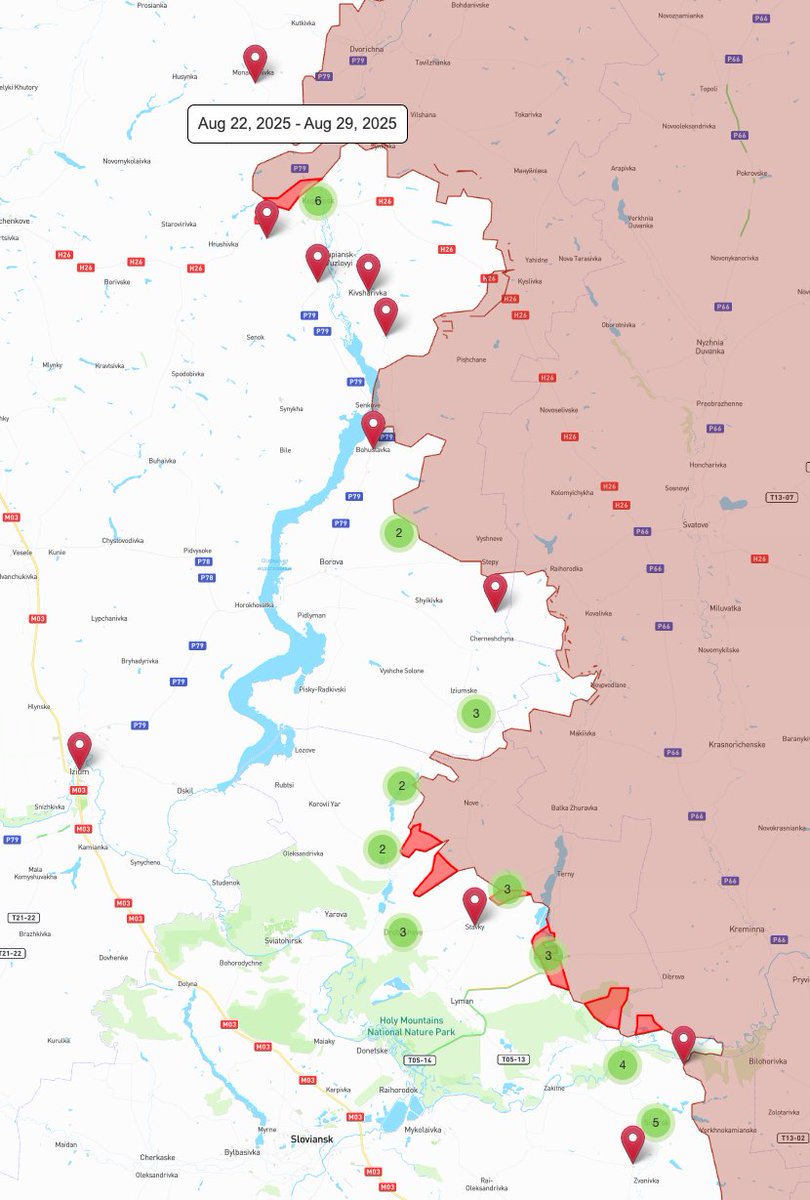



 Russians have captured Milove, a narrow stretch along the border. This secures key ravines and threatens Ambarne, potentially opening a route into the next valley with multiple operational options.
Russians have captured Milove, a narrow stretch along the border. This secures key ravines and threatens Ambarne, potentially opening a route into the next valley with multiple operational options. 

 A key Russian option is to secure the Zirka–Yalta triangle and flood it with drone operators. With stable ammo supply, this zone could influence the entire sector. It is relatively secure from AFU counterattacks, allowing sustained drone operations. /2
A key Russian option is to secure the Zirka–Yalta triangle and flood it with drone operators. With stable ammo supply, this zone could influence the entire sector. It is relatively secure from AFU counterattacks, allowing sustained drone operations. /2 

 Ukraine relies on fortified strongholds. But the joints between these defensive zones create weak noman points. Russia identifies and exploits these seams with systematic uneven pressure.
Ukraine relies on fortified strongholds. But the joints between these defensive zones create weak noman points. Russia identifies and exploits these seams with systematic uneven pressure. 
 The ratio of casualties to attacks started to change after March 20, as summertime began to affect the morning and evening reporting of data.
The ratio of casualties to attacks started to change after March 20, as summertime began to affect the morning and evening reporting of data.

 1/ After stabilizing the Kursk axis, Russia may shift its focus to Pokrovsk, aiming to secure the Malynivka road junction and the Udachne mine to sustain offensive momentum.
1/ After stabilizing the Kursk axis, Russia may shift its focus to Pokrovsk, aiming to secure the Malynivka road junction and the Udachne mine to sustain offensive momentum.
